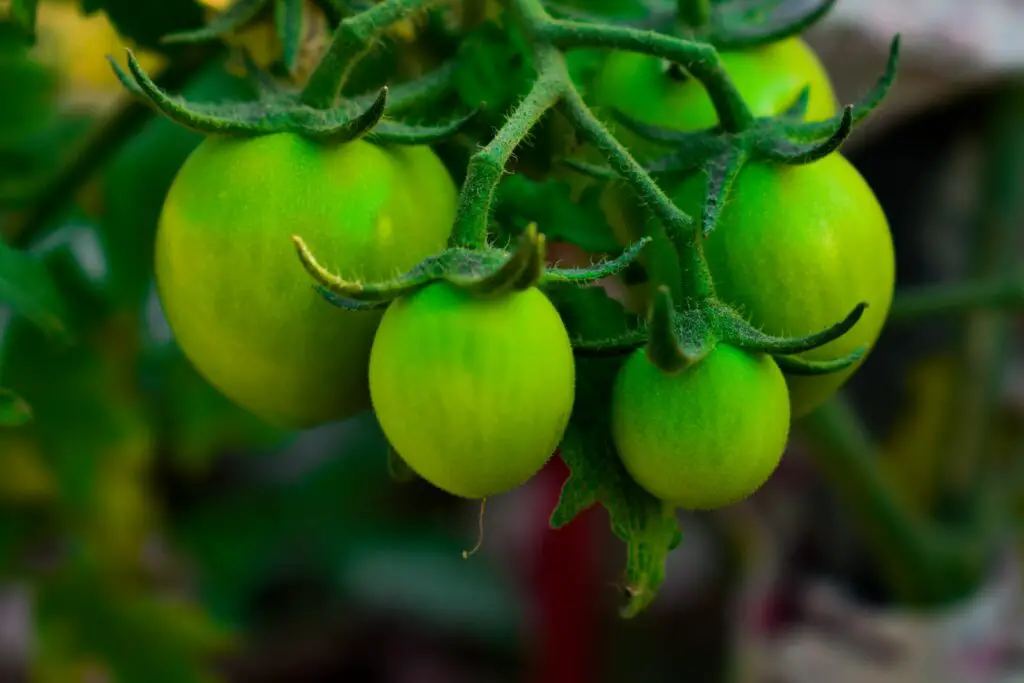
Growing tomatoes in Florida can be a challenging task due to the state’s hot and humid climate. However, with the right techniques and knowledge, it is possible to grow healthy and delicious tomatoes in your backyard. In this article, we will explore some tips and tricks to help you successfully grow tomatoes in Florida.
The first step to growing tomatoes in Florida is to choose the right variety. It is important to select a variety that is heat-tolerant and disease-resistant. Some popular varieties for Florida include Floradade, Homestead, and Tropic. Once you have chosen your variety, you can start preparing your soil. Florida soil tends to be sandy and lacking in nutrients, so it is important to add organic matter such as compost or manure to improve the soil quality.
Another important factor to consider when growing tomatoes in Florida is irrigation. Tomatoes require consistent moisture to thrive, but too much water can lead to disease and fungal issues. Drip irrigation or soaker hoses are recommended to avoid getting the foliage wet and prevent the spread of disease. It is also important to mulch around the base of the plants to retain moisture and prevent weeds. By following these tips, you can successfully grow delicious tomatoes in your Florida backyard.
Understanding Florida’s Climate
Heat and Humidity
Florida is known for its hot and humid climate. The state is located in the subtropical region, which means that it experiences long, hot summers and mild winters. The average temperature in Florida during the summer months is around 90°F, while in the winter, it drops to around 60°F. The humidity levels in the state are also high, with an average of 75% throughout the year.
The heat and humidity in Florida can be challenging for growing plants, especially those that are not adapted to the climate. Tomatoes, however, can thrive in these conditions, provided they are grown in the right way. It is important to choose tomato varieties that are heat-tolerant and resistant to diseases that are common in Florida.
Rain Patterns
Florida receives an average of 50-60 inches of rainfall each year, with most of it falling during the summer months. The state also experiences frequent thunderstorms, which can bring heavy downpours and strong winds. The rain patterns in Florida can be unpredictable, with some areas receiving more rainfall than others.
When growing tomatoes in Florida, it is important to monitor the soil moisture levels and ensure that the plants are not overwatered. Overwatering can lead to root rot and other diseases, which can be detrimental to the health of the plants. It is also essential to provide adequate drainage to prevent waterlogging.
In summary, understanding Florida’s climate is crucial when it comes to growing tomatoes. The state’s hot and humid weather, combined with its unpredictable rain patterns, can make it challenging to grow plants successfully. However, by choosing the right tomato varieties and taking appropriate measures to ensure proper soil moisture levels and drainage, gardeners can successfully grow tomatoes in Florida.
Choosing the Right Tomato Varieties
When it comes to growing tomatoes in Florida, choosing the right variety is crucial. The climate and soil conditions can make it challenging to grow certain types of tomatoes. In this section, we will discuss the different types of tomato varieties that are best suited for growing in Florida.
Determinate Varieties
Determinate tomatoes are a great choice for gardeners who want to grow tomatoes in containers or small spaces. These tomatoes grow to a certain height and then stop growing, which means they don’t require staking or pruning. Some of the best determinate tomato varieties for Florida include:
Celebrity

Better Boy
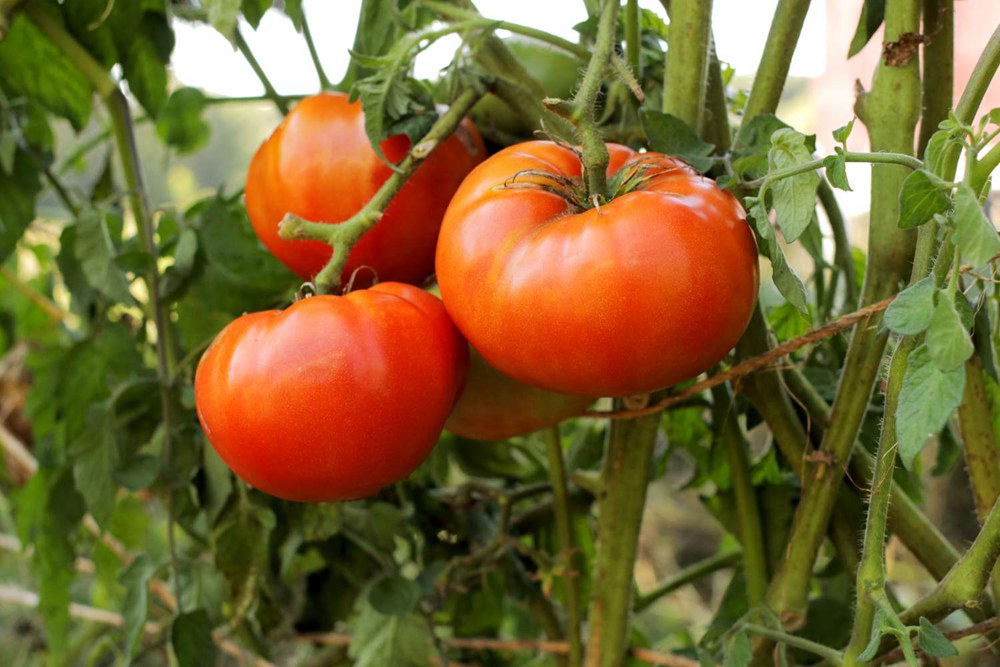
Roma
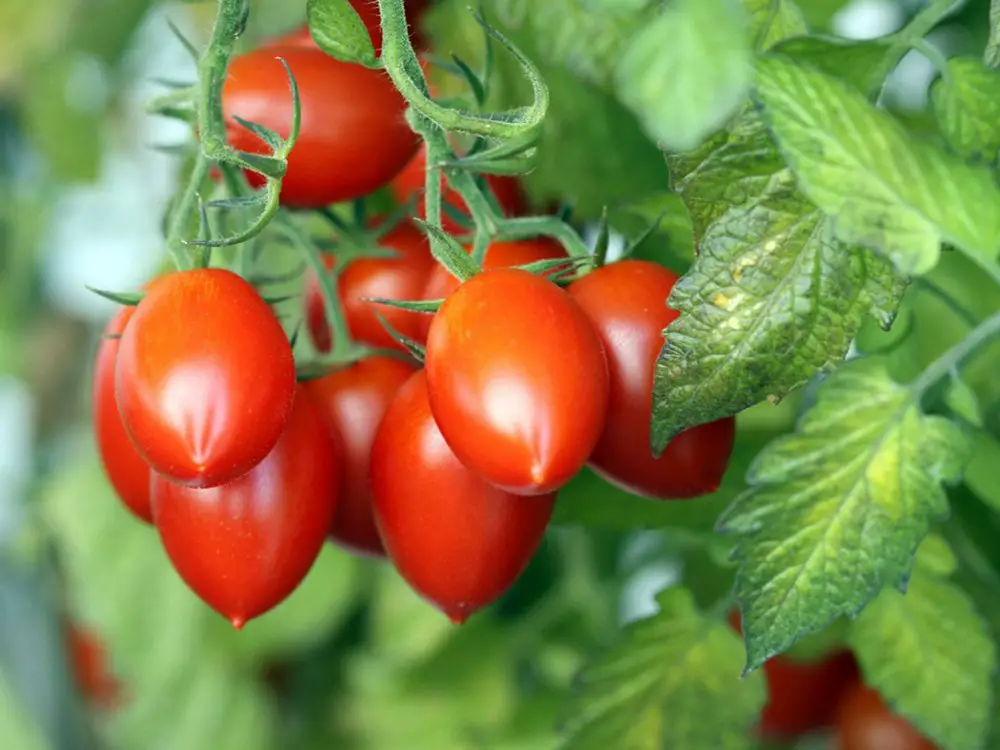
Indeterminate Varieties
Indeterminate tomatoes are a popular choice for gardeners who want to grow tomatoes that continue to produce fruit throughout the growing season. These tomatoes require staking and pruning to keep them from becoming too bushy. Some of the best indeterminate tomato varieties for Florida include:
Early Girl
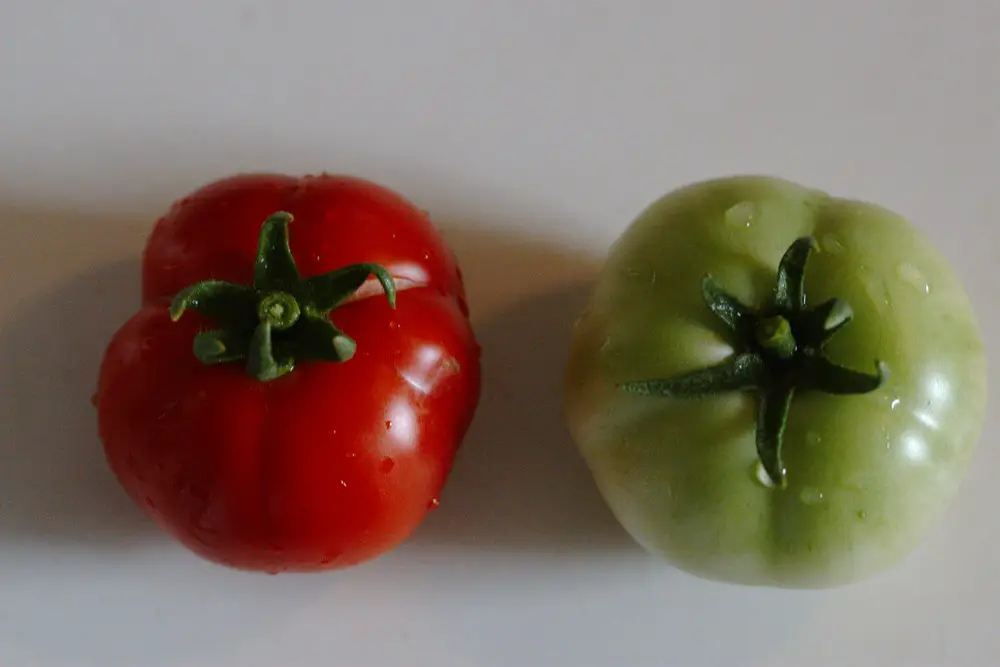
Sweet 100
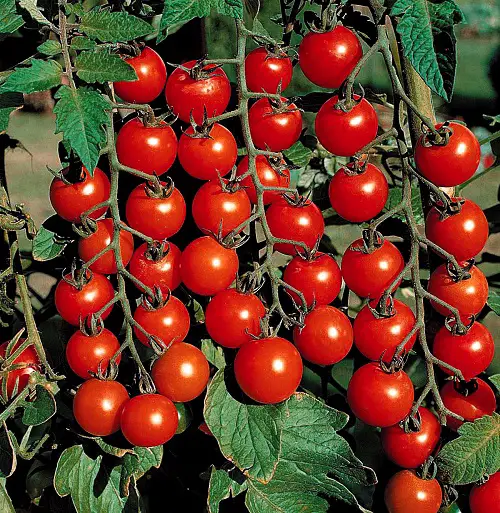
Solar Fire
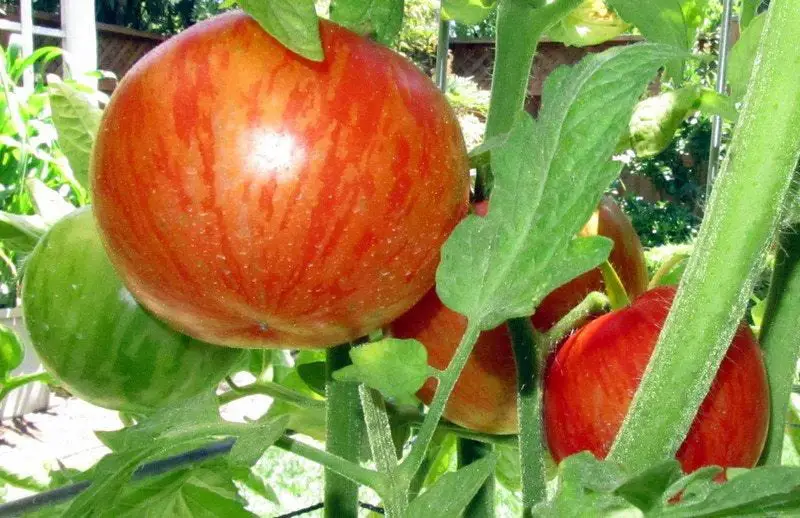
Heirloom Varieties
Heirloom tomatoes are a popular choice for gardeners who want to grow tomatoes with unique flavors and characteristics. These tomatoes are open-pollinated, which means they are not genetically modified. Some of the best heirloom tomato varieties for Florida include:
Cherokee Purple
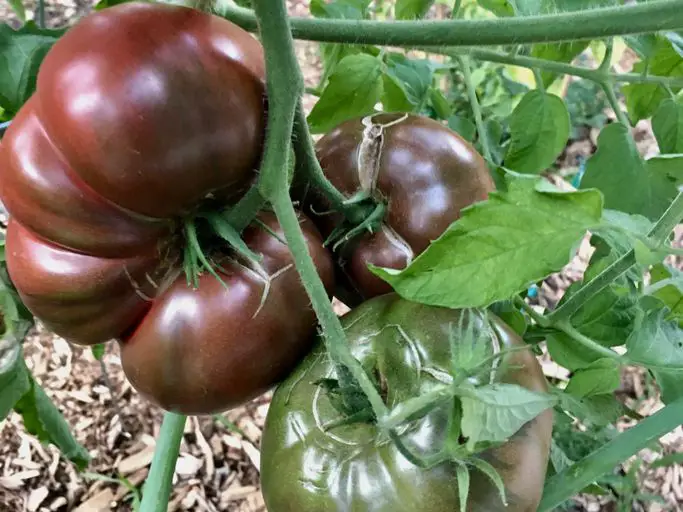
Green Zebra
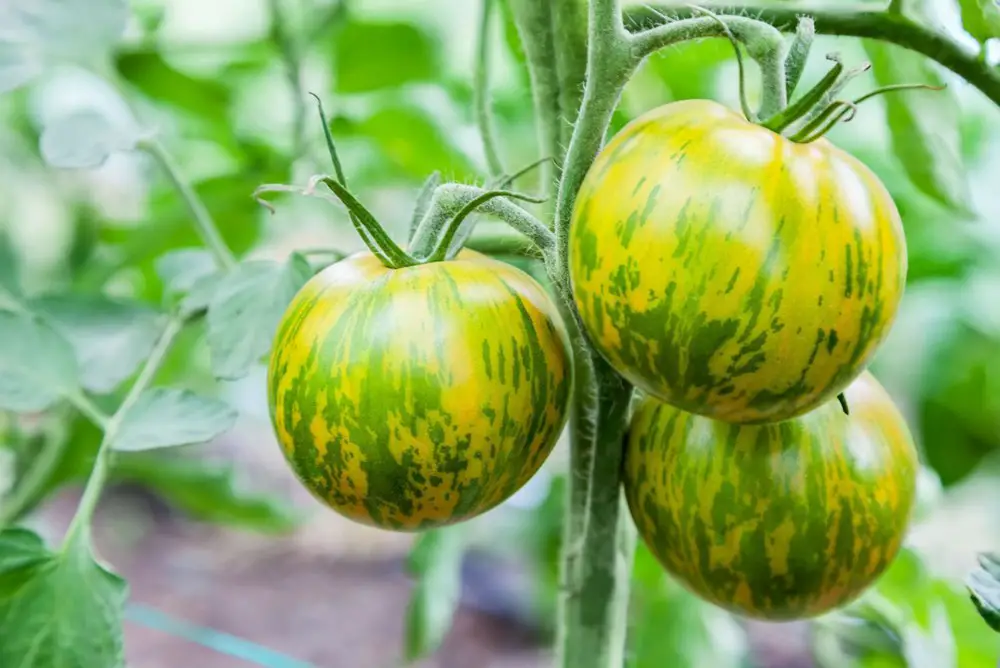
Mortgage Lifter
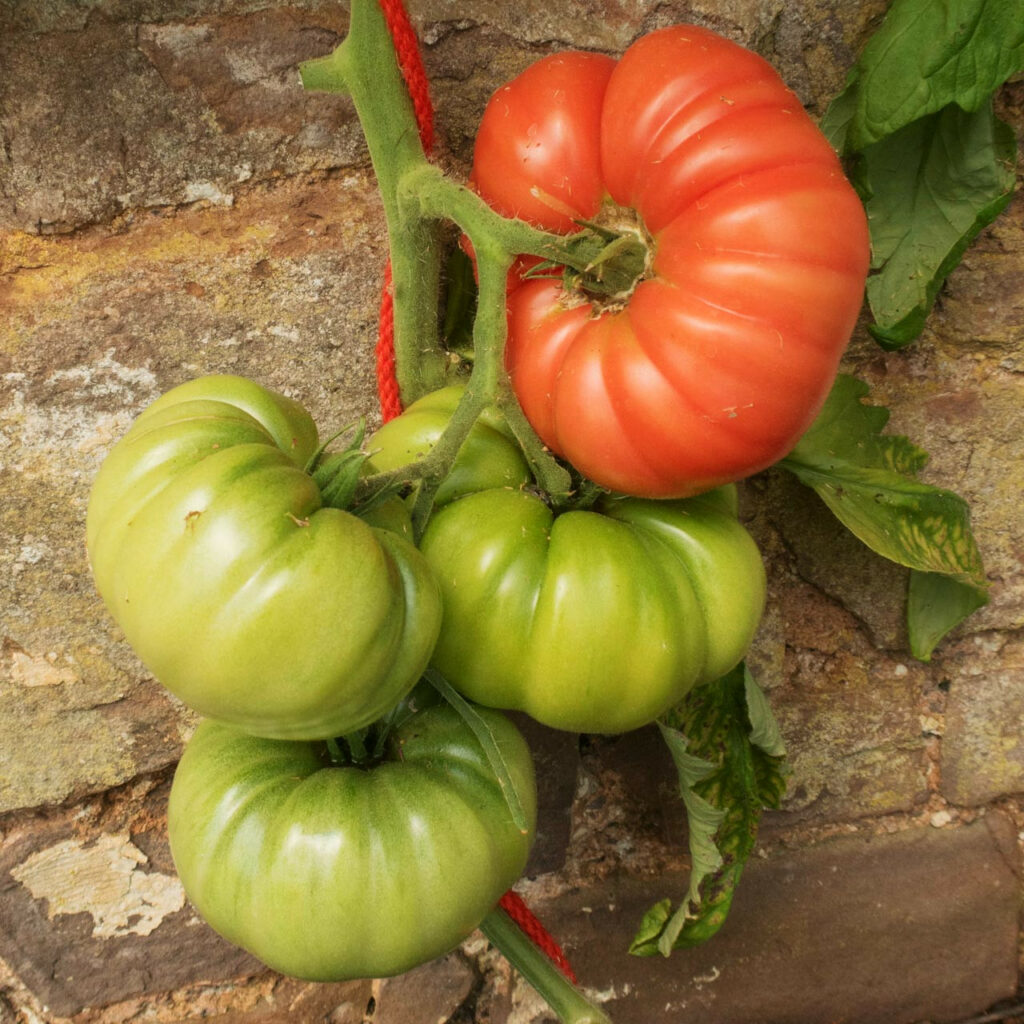
San Marzano
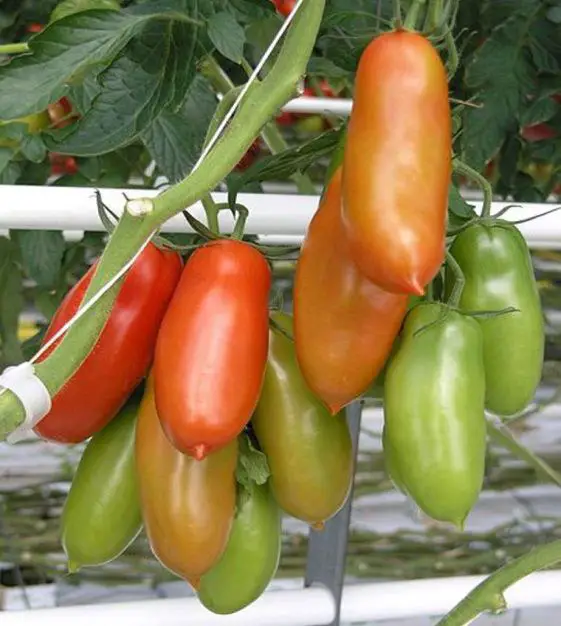
When choosing a tomato variety, it’s important to consider factors such as disease resistance, fruit size, and flavor. By selecting the right tomato variety, you can ensure a bountiful harvest of delicious tomatoes.
Planting Tomatoes in Florida
Timing
Timing is crucial when it comes to planting tomatoes in Florida. The danger of frost can damage or kill the plants, so it is important to wait until after the last frost. In Florida, the best time to plant tomatoes is from August to February. During this time, the temperature is warm enough to support growth, and the risk of frost is low.
Seedlings and Transplants
When planting tomatoes in Florida, it is recommended to use seedlings or transplants rather than seeds. This is because the hot and humid climate can make it challenging for seeds to germinate. When using seedlings or transplants, ensure that they are healthy and disease-free.
Container or Raised Bed Gardening
Container or raised bed gardening is a great option for growing tomatoes in Florida. This allows for better control of the soil quality and drainage, which can be important in the humid climate. When using containers, ensure that they are large enough to support the growth of the plant and that they have adequate drainage holes. Use a potting mix that is designed for container gardening.
Overall, when planting tomatoes in Florida, it is important to ensure that the plants receive direct sunlight and are watered regularly. With the right timing, healthy seedlings or transplants, and proper container or raised bed gardening techniques, growing Florida tomatoes can be a successful and rewarding experience.
Caring for Your Tomato Plants
Growing tomatoes in Florida can be a rewarding experience. However, it is important to care for your tomato plants properly to ensure a bountiful harvest. Here are some tips for caring for your tomato plants:
Watering
Tomatoes need consistent moisture to grow properly. Water your plants deeply once or twice a week, depending on the weather and soil conditions. Avoid getting water on the leaves, as this can lead to disease. Mulching around the base of the plants can help retain moisture in the soil.
Fertilizing
Tomatoes require regular fertilization to thrive. Nitrogen is important for vegetative growth, while potassium is essential for fruit production. Compost and tomato fertilizer are good sources of nutrients. Granular fertilizer can also be used according to package instructions.
Pruning
Pruning your tomato plants can help promote healthy growth and fruit production. Remove the suckers that grow between the main stem and the branches. This will help focus the plant’s energy on producing fruit.
Supporting
Tomato plants need support as they grow. Staking or trellising can help keep the plants upright and prevent them from falling over. This also makes it easier to harvest the fruit.
Mulching
Mulching around the base of the plants can help retain moisture in the soil and prevent weeds from growing. Peat moss is a good option for mulching tomato plants.
By following these tips, you can ensure that your tomato plants grow strong and healthy, producing a bountiful harvest.
Understanding and Managing Pests and Diseases
Common Insects
Tomatoes in Florida are prone to insect infestations, which can significantly reduce crop yields. The most common insects that attack tomato plants in Florida include:
- Aphids
- Whiteflies
- Spider mites
- Cutworms
- Fruitworms
To control these pests, farmers can use insecticides, natural predators, or organic methods such as neem oil. It is essential to monitor tomato plants regularly for insect infestations and take appropriate measures to control them.
Diseases
Tomato diseases can also be a significant problem for tomato growers in Florida. The most prevalent tomato diseases in Florida include:
- Tomato spotted wilt virus
- Bacterial wilt
- Fusarium wilt
These diseases can cause wilting, stunting, and yellowing of tomato plants, leading to reduced yields. Tomato growers can prevent these diseases by planting resistant varieties, practicing good crop rotation, and maintaining proper soil moisture levels.
Resistance
Tomato growers can also use resistant tomato varieties to manage pests and diseases. Resistant tomato varieties are bred to resist specific pests or diseases, reducing the need for chemical pesticides. However, it is essential to note that resistant varieties are not immune to pests and diseases and may still require some form of management.
In summary, managing pests and diseases is a crucial aspect of tomato production in Florida. By monitoring tomato plants regularly, using appropriate control measures, and planting resistant varieties, tomato growers can reduce the risk of pest and disease damage and increase crop yields.
Harvesting and Storing Tomatoes
Determining Ripeness
Harvesting tomatoes at the right time is crucial for their flavor and texture. The color of the tomato is the best indicator of ripeness. For cherry and grape tomatoes, they should be a deep red color and slightly soft to the touch. Fresh tomatoes should be firm and have a bright red color. If the tomatoes are picked too early, they will not have developed their full flavor and may not ripen properly. If they are picked too late, they may be overripe and prone to spoilage.
Drying and Storing
Once harvested, tomatoes can be stored in a cool, dry place for up to a week. To extend their shelf life, they can be dried and stored in an airtight container. To dry tomatoes, slice them in half and remove the seeds. Place them on a baking sheet and sprinkle with salt. Bake at 200°F for 6-8 hours until they are dry and slightly crisp. Store the dried tomatoes in an airtight container in a cool, dry place for up to six months.
When storing fresh tomatoes, it is important to keep them at room temperature and out of direct sunlight. Do not store them in the refrigerator, as this can cause them to lose flavor and texture. If you have too many tomatoes to use before they spoil, consider freezing them. To freeze tomatoes, blanch them in boiling water for a few seconds, then plunge them into ice water. Remove the skins and freeze them in a single layer on a baking sheet. Once frozen, transfer them to a freezer-safe container and store them for up to six months.
Overall, harvesting and storing tomatoes is an important part of the growing process. With the right techniques, you can enjoy fresh, flavorful tomatoes all year round.
Conclusion
Growing tomatoes in Florida can be a rewarding experience for gardeners. By following the right practices, gardeners can produce healthy and delicious tomatoes that thrive in the state’s warm climate.
To grow tomatoes successfully in Florida, it is important to choose the right variety that is well-suited to the state’s climate. Gardeners should also ensure that they plant their tomatoes in well-draining soil, provide adequate water and nutrients, and protect their plants from pests and diseases.
Gardeners can also consider using different techniques to enhance their tomato yields, such as pruning, trellising, and mulching. By adopting these practices, gardeners can increase their chances of success and enjoy a bountiful harvest of fresh, flavorful tomatoes.
Overall, growing tomatoes in Florida requires patience, dedication, and a willingness to learn. With the right knowledge and techniques, gardeners can cultivate healthy and thriving tomato plants that produce an abundance of delicious fruit.